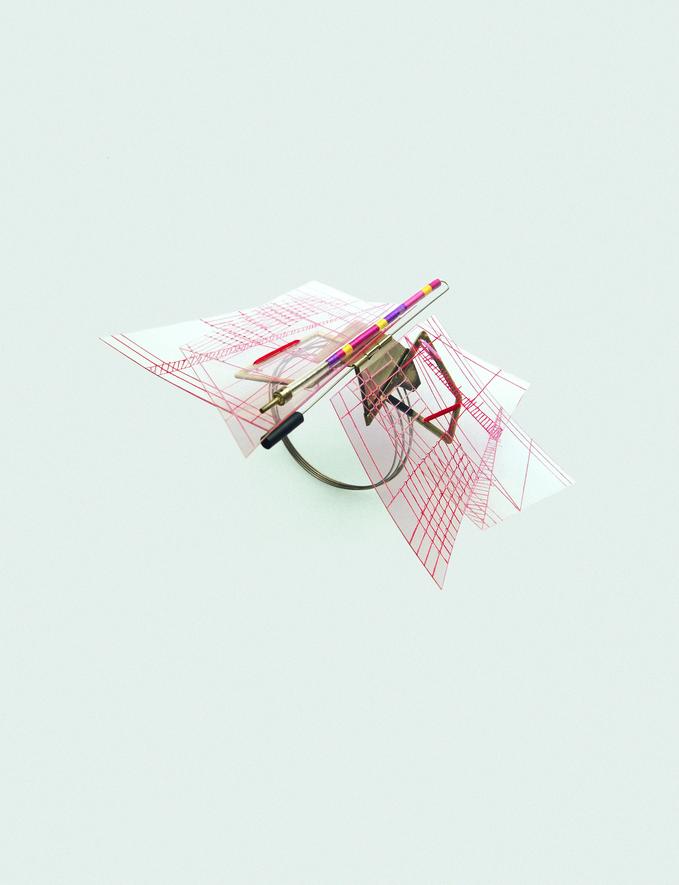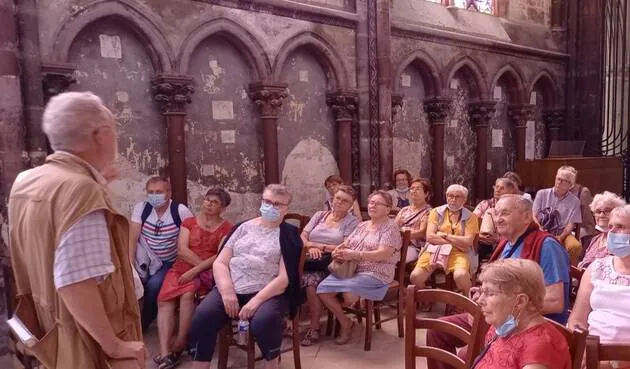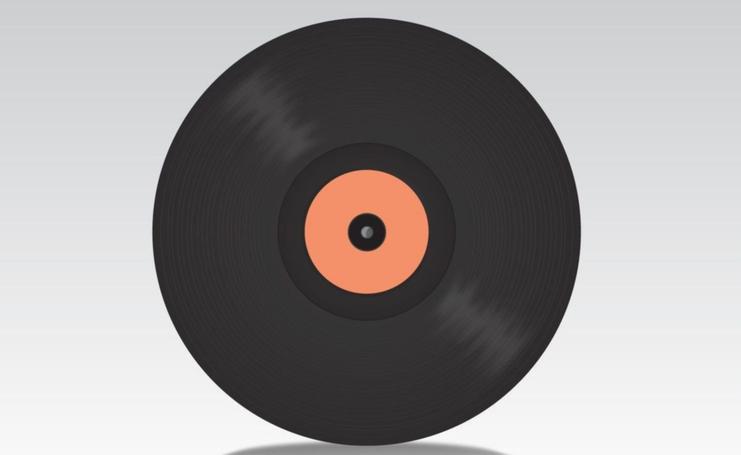Women who renewed Catalan jewelry in the seventies
Combining silver with the methacrylate was the innovation brought by the jewelry Teresa Capella, with a technique that he learned at the Pforzheim school, in Germany, headquarters of the modernization of jewelry in Europe that promoted the Massana Escola in Barcelona.It was the end of the sixties and the countercultural and protest movements of May 68 were also set in jewelry, until then closely linked to ostentation, gold and precious stones.A new world opened in this sector, which was called new jewelry.Like her, other women began to stand out in this field, once dominated by men.Precisely to this outbreak of contemporary jewel, understood as a unique and experimental piece in techniques and materials, and the key role that women had paying tribute to the Disseny museum with the exhibition ‘Joyras 1965-1990.Between art and design ’, which can be visited until November 28.
In the 50s and 60s, women were able to access higher education more generalized, and when they left the Massana, a workshop were set up and worked as autonomous.Hence the irruption of these 12 jewels who had a fundamental and little recognized role in the renewal of jewelry, when a new concept of jewel seen as a work of art, a unique piece of creation of an artist, although they also worked withSmall series, says Pilar Vélez, historian of the jewelry and director of the Disseny Museu.In the new contemporary jewelry, experimentation and creativity surpassed the quality and wealth of materials.
The silver became the primordial matter, but was aligned with other elements such as brass, with which Anna Font works;the stainless steel, present in the pieces of Margarita Kirchner;the coral, which Ninon Collet used;the enamel, which applied to La Plata Mariona Lluch;the Japanese lacquer, with which Núria Matabosch experienced;or the fabric, which Marta Breis introduced in her creations.Chelo Sastre was one of those who had the most media recognition for his collaborations with Antonio Miró, where he explored the jewels embedded in the body, such as silver drops in the chest that caused a furor in Ibiza, remembered the jewelry in the presentation of thesample.

This new way of understanding the jewel had the support of art galleries dedicated to jewelry.At European level they were famous MAP in Colonia, Electrum Gallery in London or ra in Amsterdam.In Catalonia, the first gallery and workshop was the showcase, located in Matadepera and founded by Teresa Capella and her husband, Hans Leicht, in 1978, who had previously created the Ophir gallery in Berlin.It was also the birth of associations such as Orfebres Fad.
But as Several Doctors (Research and Medical) Put It, All "Chronic Fatigue Syndrome" Really Means Is I Will Continue ... https://t.co/pypflehedt
— shrew Sun Apr 12 15:56:22 +0000 2020
Enjoyado autumn
The Disseny museu is enjaya this fall with two other exhibitions that accompany this one that witnesses, next to the book 12 gifts Joieres 1965-1990.Art, Disseny and Experimentation, of the times in which women changed the course of jewelry.Until October 24 you can see the selected pieces of the Contemporary Jewelry Prizes Enjoia't, organized by the Association of Artists and Artists of the FAD (A-FAD), which has 13 pieces corresponding to the professional category and 13 to 13that of students coming and 13 countries.An event that last year was suspended by the pandemic.
Además, el museo es el escenario de la feria Joya Barcelona Art Jewellery & Objects 2021, que se celebra en formato expositivo esta 13ª edición. Se trata de un punto de encuentro internacional del sector de la joyería artística contemporánea, que ha seleccionado 75 artistas que representan lo mejor de la joyería artística mundial.


